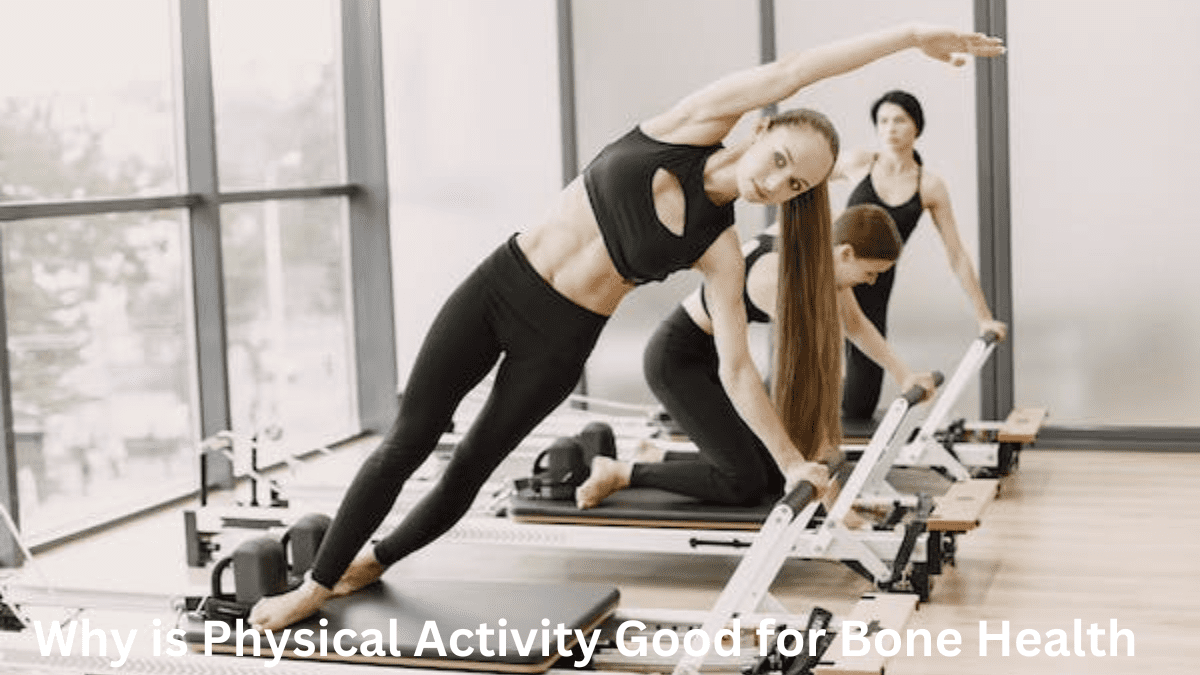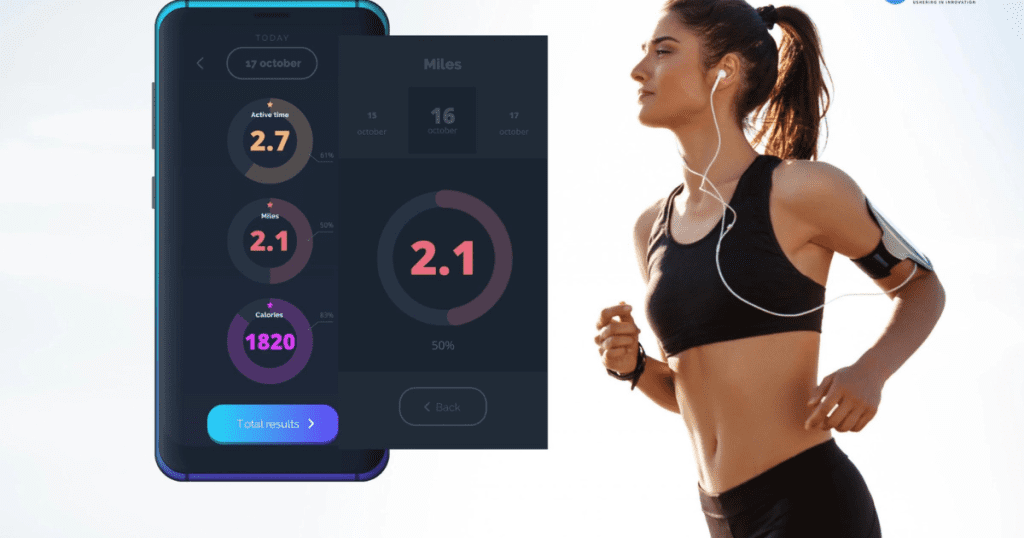Contents
- 1 Introduction
- 2 How Does Exercise Strengthen Bones and Muscles?
- 3 What Exercises Increase Bone Density in the Spine?
- 4 10 Benefits of Muscle and Bone-Strengthening Exercises
- 5 Bone Strengthening Exercises at Home
- 6 Bone Strengthening Activities: More Than Just Exercise
- 7 How Does Physical Exercise Affect Bone Structure?
- 8 Bone Strengthening Benefits: More Than Meets the Eye
- 9 Name 3 Activities That Help Strengthen Bones: Unveiling the Trio
- 10 The Road Ahead: Your Bones, Your Future
- 10.1 What are the benefits of bone-strengthening activities?
- 10.2 Why is it good to strengthen your bones?
- 10.3 How does running improve bone density?
- 10.4 What are the benefits of walking on bone health?
- 10.5 How do you strengthen bones?
- 10.6 How do you keep your bones healthy and strong?
- 10.7 What causes bone loss?
- 10.8 What are the signs of weak bones?
- 10.9 What is the weakest bone in the human body?
- 10.10 How can I check my bone density at home?
- 10.11 What is the fastest way to increase bone density?
- 10.12 Is bone density painful?
- 10.13 What is my bone weight?
- 10.14 Which gender has higher bone density?
- 10.15 Is a bone heavier than a muscle?
Introduction
Welcome to the fascinating world of bone health, where every step you take and every move you make plays a crucial role in the strength and resilience of your skeletal structure. In this exploration, we unravel the mysteries behind the question that lingers in the minds of many: Why is physical activity good for bone health?
How Does Exercise Strengthen Bones and Muscles?
Bones and muscles are a dynamic duo that thrives on movement. But how does exercise specifically contribute to their strength? It’s like a well-choreographed dance routine. As you engage in activities that stress your bones, your muscles rescue you. The more stress, the more these two partners work together, resulting in stronger bones and more robust muscles.
What Exercises Increase Bone Density in the Spine?
The spine, a critical part of our skeletal structure, deserves special attention. Specific exercises have a profound impact on increasing bone density in the spine. Activities like postural stretching, strengthening, and weight-bearing exercises targeted at the spine play a crucial role. These exercises contribute to spine health and enhance overall bone density.
10 Benefits of Muscle and Bone-Strengthening Exercises
Engaging in muscle and bone-strengthening exercises offers many benefits beyond the obvious. Let’s explore the top 10 advantages:
1. Enhanced Bone Density: The more you strengthen your muscles, the more stress they place on your bones, leading to increased bone density.
2. Improved Coordination: Exercises that target both muscles and bones contribute to better coordination, reducing the risk of falls and fractures.
3. Increased Flexibility: Strengthened muscles support improved flexibility, making movements more accessible and reducing the likelihood of injuries.
4. Better Posture: Muscle and bone-strengthening exercises contribute to a strong spine, promoting better posture and reducing the risk of spine-related issues.
5. Prevention of Osteoporosis: Building strong bones early in life helps prevent the onset of osteoporosis later on.
6. Reduced Risk of Fractures: Stronger bones are more resilient, decreasing the risk of fractures from everyday activities.
7. Enhanced Joint Stability: Muscles supporting bones also stabilize joints, reducing the risk of injuries during physical activities.
8. Improved Metabolism: Regular exercise promotes healthier metabolism and overall well-being.
9. Boosted Mood: Physical activity releases endorphins, enhancing mood and reducing the risk of conditions like depression.
10. Long-term Independence: Combining solid muscles and bones ensures better mobility and independence throughout life.
Bone Strengthening Exercises at Home
Need access to a gym? No problem! There are plenty of practical bone-strengthening exercises that you can do at home. The options are diverse, from bodyweight exercises like squats and lunges to yoga and resistance band workouts. The key is consistency; with the proper routine, your home can become your personal bone-strengthening sanctuary.
Bone Strengthening Activities: More Than Just Exercise
Bone-strengthening activities extend beyond the traditional realm of exercise. Simple yet impactful activities like brisk walking, gardening, and household chores contribute to bone health. The key is to keep moving and incorporating these activities into your daily routine.
How Does Physical Exercise Affect Bone Structure?
Delving deeper into the science, let’s explore how physical exercise influences bone structure. Weight-bearing exercises like walking, jogging, and dancing positively impact bone density. The mechanical stress during these activities signals the bones to adapt, resulting in a denser and more robust bone structure.
Bone Strengthening Benefits: More Than Meets the Eye
The benefits of bone strengthening extend far beyond the surface. Strong bones are not just about preventing fractures; they contribute to overall well-being. The advantages are tangible and profound, from improved balance and coordination to increased longevity.
Name 3 Activities That Help Strengthen Bones: Unveiling the Trio
1. Brisk Walking: A simple yet powerful activity that puts your bones to work against gravity, promoting increased bone density.
2. Weightlifting: Using free weights or resistance bands, weightlifting strengthens muscles and bones simultaneously.
3. Jumping Rope: An excellent high-impact activity that strengthens bones and enhances cardiovascular health.
Exploring these activities provides insights into how they contribute to bone strength. Brisk walking challenges bones against gravity, weightlifting builds muscle and bone strength, and jumping rope adds a dynamic element, stimulating bone adaptation.
The Road Ahead: Your Bones, Your Future
So, why should you care about all this bone talk? Because the more effort you put into building bone mass, the better off you’ll be in the long run. It’s an investment in your future self, guaranteeing that your bones will stay sturdy and dependable.
Note: Always consult your healthcare provider before starting a new exercise program, especially if you have existing health conditions.
What are the benefits of bone-strengthening activities?
Engaging in bone-strengthening activities offers a range of benefits, including increased bone density, improved muscle strength, enhanced coordination, better posture, and a reduced risk of fractures. These activities contribute to overall well-being by promoting longevity and independence.
Why is it good to strengthen your bones?
Strengthening your bones is essential for maintaining a healthy skeletal system. Strong bones provide structural support, reduce the risk of fractures, and contribute to better posture and overall mobility. Additionally, bone-strengthening activities support muscle development, fostering a holistic approach to physical health.
How does running improve bone density?
Running is a weight-bearing exercise that subjects bones to impact, promoting the development of bone density. The repetitive stress on bones during running triggers a response that increases mineralization and density, making them stronger and more resilient.
What are the benefits of walking on bone health?
Walking is a low-impact, weight-bearing exercise that benefits bone health by increasing bone density. It also improves balance, coordination, and flexibility. Regular walking contributes to overall well-being and is particularly accessible for individuals of all fitness levels.
How do you strengthen bones?
Exercise weight-bearing exercises such as walking, running, weightlifting, and resistance training to strengthen bones. Ensure a balanced diet rich in calcium and vitamin D, as nutrition is crucial to bone health. Additionally, practicing good posture and avoiding excessive alcohol and nicotine contribute to overall bone strength.
How do you keep your bones healthy and strong?
Maintain bone health by incorporating weight-bearing exercises, a calcium-rich diet, and sufficient vitamin D. Avoiding smoking and excessive alcohol consumption supports bone strength. Regular health check-ups and bone density assessments can also help monitor and manage bone health.
What causes bone loss?
Bone loss can be caused by aging, hormonal changes, nutritional deficiencies, lack of physical activity, certain medications, and underlying health conditions like osteoporosis.
What are the signs of weak bones?
Signs of weak bones may include frequent fractures, loss of height over time, stooped posture, and pain or discomfort in the bones, particularly in the back.
What is the weakest bone in the human body?
The stapes bone in the middle ear is considered the smallest and lightest bone in the human body.
How can I check my bone density at home?
At-home assessments for bone density are less accurate than clinical methods. However, specific tools like quantitative ultrasound devices may provide an estimate. For accurate results, consult with a healthcare professional for a DXA scan
What is the fastest way to increase bone density?
Engaging in high-impact weight-bearing exercises, maintaining a balanced diet, and ensuring sufficient vitamin D intake are critical factors in rapidly increasing bone density. However, it’s essential to approach this process gradually to avoid injuries.
Is bone density painful?
No, measuring bone density itself is not painful. The standard Dual-Energy X-ray Absorptiometry (DXA) scan is painless and non-invasive.
What is my bone weight?
Bones contribute to around 15% of your total body weight. The weight can vary depending on age, gender, and overall health.
Which gender has higher bone density?
Generally, men tend to have higher bone density than women. However, both genders can take steps to maintain and improve bone health through proper nutrition and exercise.
Is a bone heavier than a muscle?
Yes, bone is denser and heavier than muscle. While bones provide structure and support, muscles are more flexible and contractile.




